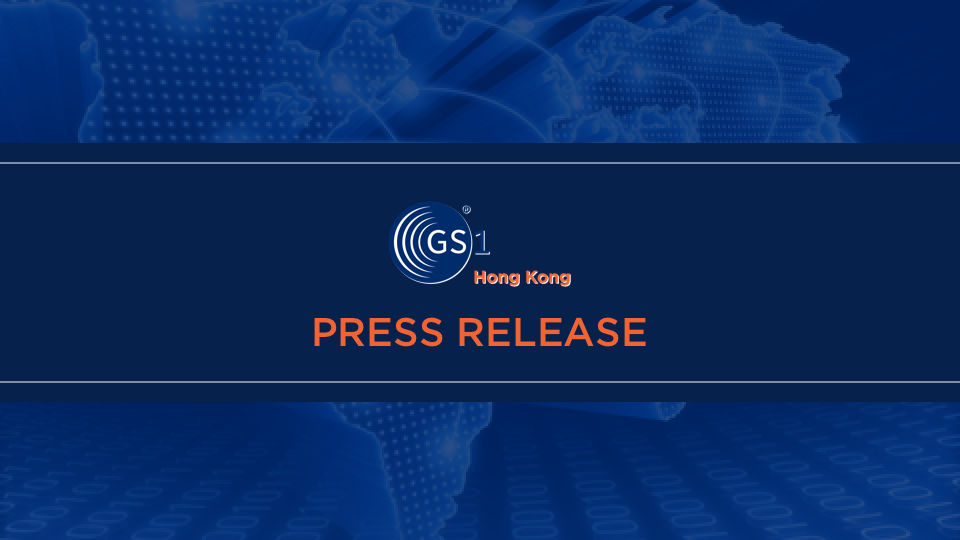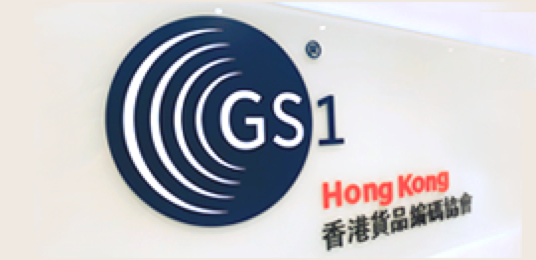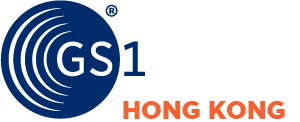New Version of EPC Air Interface Standard “Gen2v2” is Ratified

Brussels, Belgium, November 7, 2013 – GS1, the neutral, not-for-profit standards organisation today announced that it has upgraded and ratified its radio-frequency identification (RFID) standard – commonly known as Gen2.
This version of the Electronic Product Code (EPC) UHF Generation 2 air interface standard includes new features and additional functionality. It helps address complex supply chain challenges, including anti-counterfeiting and the security of products and tags.
Gen2v2 is the first revision of the standard since GS1 published its “item level tagging” version back in 2008, building on the success of 2004’s groundbreaking Gen2 version. “Over the years Gen2 has established itself as the standard for UHF implementations across multiple sectors and is today the backbone of RFID deployments around the world,” said Steve Bratt, GS1’s CTO and president of EPCglobal.“The enhancements and features ofGen2v2 will enable businesses to further leverage their existing investments in EPC/RFID while taking part in a true supply chain transformation.”
While Gen2 offered a single, worldwide standard in the UHF RFID-space to simplify visibility, boost read-rates and improve tag performance, the EPC user community continued to explore ways to increase its versatility. Gen2v2 is the result of several years of industry-wide collaboration with a diverse group of stakeholders.
Benefits for supply chain partners who deploy the Gen2v2 standard include:
- Support for embedded tagging of electronics
- Enhanced user memory for increased flexibility of supplementary encodings during a product’s life cycle
- Support for cryptographic authentication of RFID tags and readers, to verify origin, restrict access, and reduce the risk of counterfeiting
- Improved privacy features that can hide portions of tag data, restrict access privileges, and reduce a tag’s operating range
“Securing the supply chain is one of the most critical issues for industry today, and EPC Gen2v2 should help advance supply chain integrity efforts through improved product authentication and trading partner visibility and interoperability,” said Mike Rose, vice president of Supply Chain Visibility for Johnson & Johnson Health Care Systems Inc.
Consumers will ultimately benefit as EPC-enabled RFID tagging at item level makes better customer service possible and protects against counterfeit products. It also provides the visibility needed to assure that the right product is in the right place, at th e right time.
“This is a significant milestone in the history of EPC/RFID as it was 10 years ago this month that industry came together to start developing what is today the GS1 EPC suite of standards,” said Massachusetts Institute of Technology (MIT) professor Sanjay Sarma. “We can only imagine that Gen2v2 will drive the next wave of UHF adoption in the coming ten years into a wide range of sectors including aerospace & defence, consumer electronics, pharmaceuticals, wine & spirits, high-end apparel – and more.”
Looking forward to 2014, GS1 anticipates that ISO will incorporate Gen2v2 into the ISO/IEC 18000-63 standard, further enabling the compatibility and interoperability of UHF-based RFID devices. This will be followed by enhancements to GS1’s EPC Tag Data Standard (TDS) to support Gen2v2.
For further information:
Craig Alan Repec
Senior Manager EPCglobal Technology, GS1
+32 2 788 78 16
craig.alan.repec@gs1.org
Lisa Sandberg
Global Marketing Director, GS1
+1 609 557 4571
lisa.sandberg@gs1.org
About GS1
GS1 is a neutral, not-for-profit, global organisation that develops and maintains the most widely-used supply chain standards system in the world. GS1 standards improve the efficiency, safety, and visibility of supply chains across multiple sectors.
With local Member Organisations in over 110 countries, GS1 engages with communities of trading partners, industry organisations, governments, and technology providers to understand and respond to their business needs through the adoption and implementation of global standards.
GS1 is driven by over a million user companies, which execute more than six billion transactions daily in 150 countries using GS1 standards. More information at www.gs1.org.

(852) 2863-9763
media@gs1hk.org

